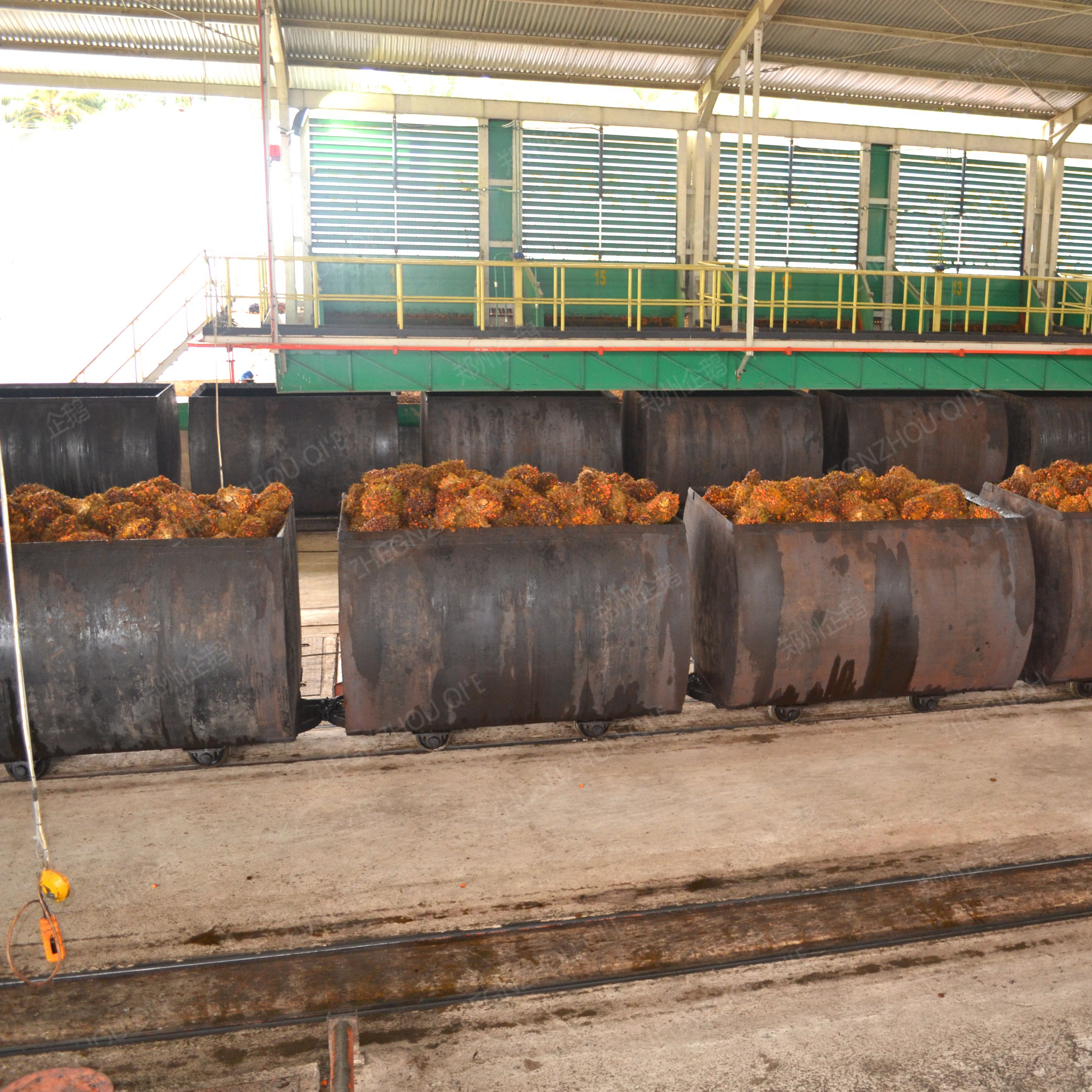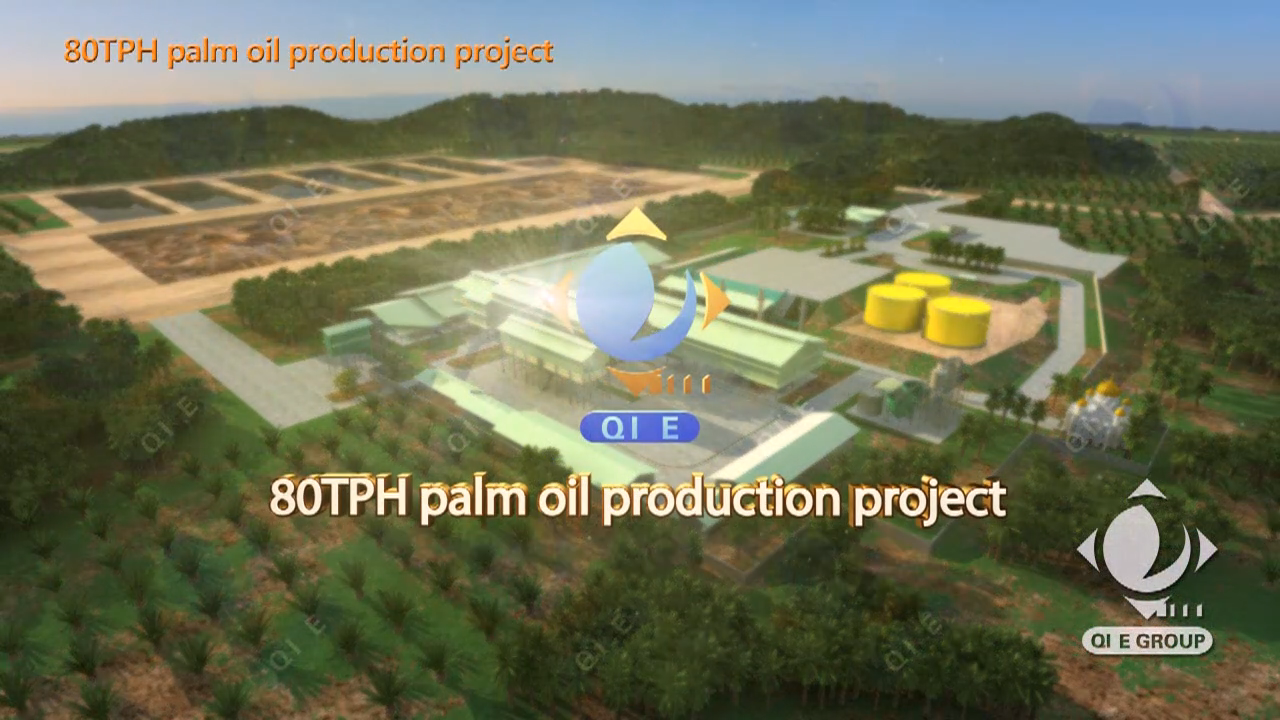
In the competitive global palm oil industry, production efficiency and consistency are no longer optional—they’re essential. The integration of PLC-based automation systems into modern pressing units, such as those developed by Qīngniǎo Group (Penguin Group), is transforming traditional operations into smart, data-driven processes.
Modern palm oil plants processing 10–50 metric tons per day now rely on programmable logic controllers (PLCs) to monitor and adjust critical parameters like temperature, pressure, motor speed, and feed rate in real time. For example:
| Parameter | Manual Control Deviation | PLC-Controlled Deviation |
|---|---|---|
| Oil Extraction Rate (%) | ±3.2% | ±0.7% |
| Energy Consumption (kWh/ton) | 28.5 kWh | 22.1 kWh |
| Response Time to Process Change | 15–30 min | ≤2 min |
These improvements translate directly into reduced waste, fewer quality issues, and faster adjustments when raw material moisture levels vary—a common challenge in tropical climates where palm fruit is harvested seasonally.

Human operators can miss subtle shifts in system behavior—especially during night shifts or high-stress periods. With automated PLC systems, key thresholds trigger alerts before problems escalate. One Indonesian mill reported a 40% drop in unplanned maintenance after switching from manual to semi-automatic control using Qīngniǎo’s integrated solution.
The same plant saw an average 12% increase in daily throughput over three months without additional labor costs—an outcome that speaks volumes about how automation supports sustainable growth in resource-intensive industries.

Beyond productivity, these systems contribute meaningfully to environmental goals. By optimizing heat recovery and reducing idle run times, many facilities have cut CO₂ emissions by up to 18% annually—a benefit increasingly valued by buyers sourcing from ESG-conscious brands.
For production managers and engineers looking to future-proof their operations, adopting PLC automation isn’t just about staying ahead—it’s about building resilience, compliance, and customer trust at scale.
Explore how Qīngniǎo Group’s integrated PLC-controlled palm oil pressing systems can boost your output, reduce energy costs, and improve product consistency—all while supporting green manufacturing standards.
Get Your Free System Assessment Today
